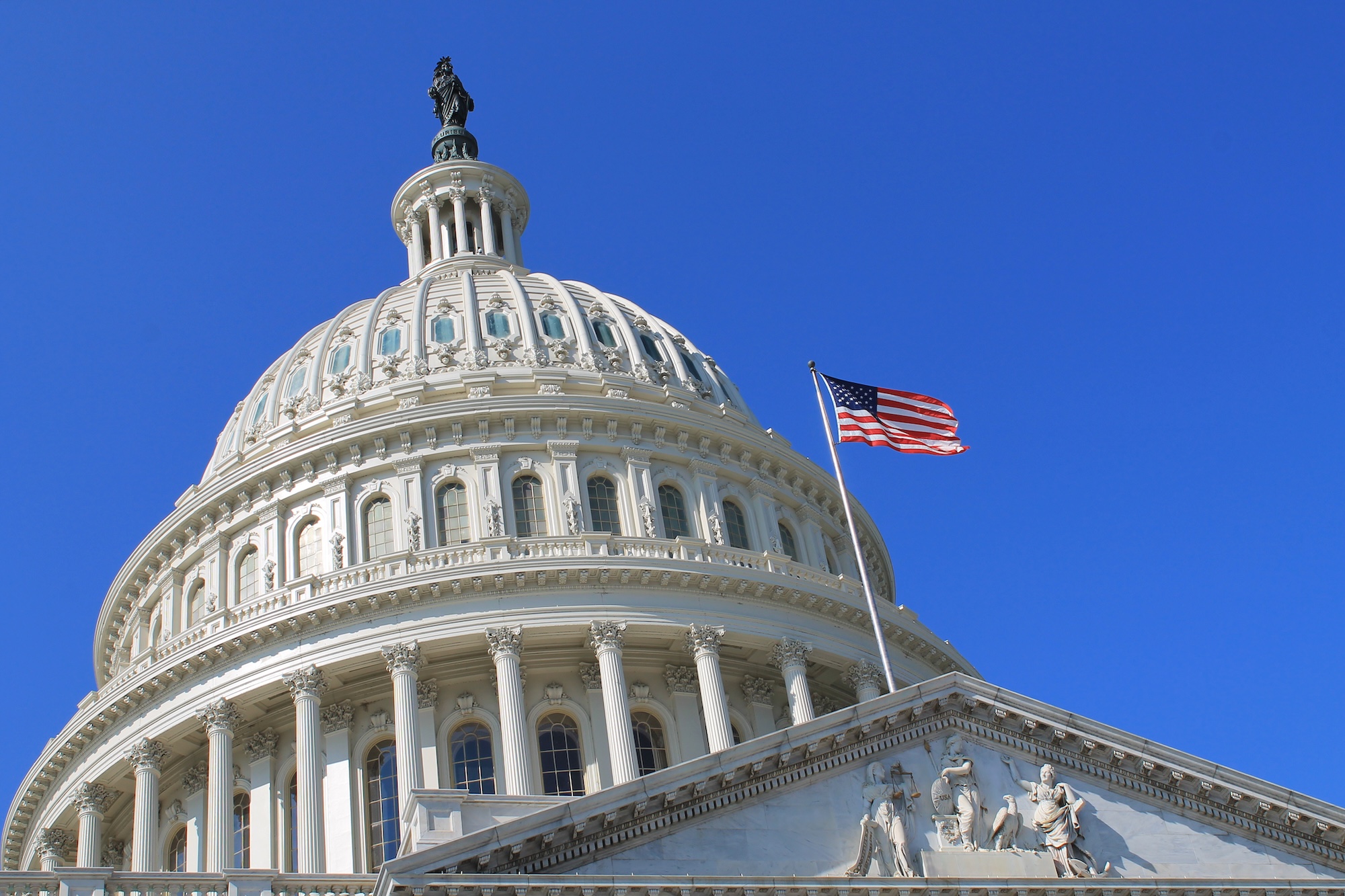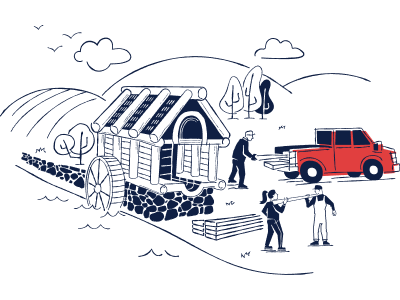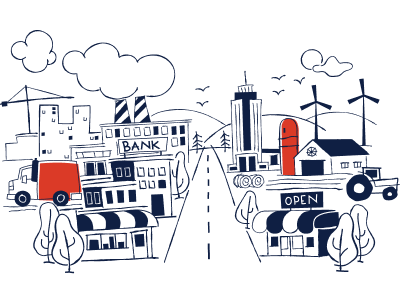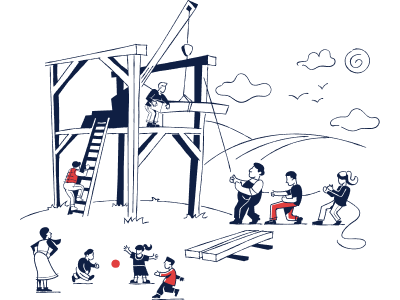

Create the public infrastructure to protect children online
RECOMMENDED READING
What’s the Problem?
Social media is harming children; a “metaverse” will create further challenges.
Parents lack the ability to adequately protect their children from social media’s harm.
Market forces create no incentive for platforms to establish reliable age-verification processes.
Existing age-verification tools are intrusive to privacy and difficult to use.
Protecting Kids Online
Children who use social media are more likely to suffer from anxiety, depression, and self-harm. They are more vulnerable to exploitation and exposure to dangerous or illicit material. Parents struggle to protect their children online because they lack the know-how, have limited ability to oversee social media use and no control over social media’s design, and don’t want to cut their children off from social activities. Social media’s business is selling targeted advertising and mining personal data; thus “addiction” is a core design principle and addicting the youngest users early is a particular priority.
Policy efforts to protect children online without impinging on adults requires knowing who is a child. But existing methods of age verification are either intrusive and clunky, or else easily gamed. Reliable identification based on public records has been a vital government function for centuries, but it has failed to keep up with technological change.
What’s the Solution?
A public service for anonymous age verification can resolve these challenges. The federal government is the one entity that already has—and is supposed to have—basic information like Social Security numbers or visa records, with dates of birth, for everyone residing in the country. Congress should create a publicly provided online age verification system, housed in the Social Security Administration, that would allow any person to demonstrate their age to an online platform without disclosing other personal information.
For example, the platform could allow an American to input their Social Security number and receive via text or email an anonymized, temporary code to use with any online service. The service could in turn check this code against the public database to verify the user’s age, while revealing nothing further about the user.
Virtual Spaces and Activities Can Be as Dangerous as Physical Ones
Effective age verification can help protect digital spaces the way we protect physical ones. In the physical world there are places, such as bars and clubs, where children are not allowed for their own safety—and places like schools where adults are not allowed without a good reason. But we leave virtual spaces unprotected, and children suffer great harm as a result.
If the U.S. is going to govern well in the digital age, it must have the tools to protect both children and privacy online. A public, anonymous verification system would accomplish this.
Frequently Raised Objection
“Correlation does not equal causation: we don’t know that social media causes harm.”
Research shows the most likely explanation for the recent decline in mental health among children is the migration of their social life to social media. Social media’s own leaked research confirms the harm—and shows how children themselves attribute their anxiety and depression to social media.
“Mandatory age verification will weaken data privacy and anonymity.”
Current age-verification methods are extremely invasive of privacy. An anonymized code that communicates no personally identifying information, provided by the entity that already records your date of birth, is far more private.
“Mandatory age verification will impose a costly regulatory burden on the private sector.”
Banning the sale of alcohol and tobacco to minors is a “burden,” which surely slows innovation in the candy-flavored booze market. Good. By providing a publicly funded solution to age verification, private companies will be spared the burden of developing solutions themselves.
“We should use market incentives to encourage private solutions.”
The private sector had years to address this problem and chose not to. Social media executives openly admit that hooking children on their product is a core element of their business model. Age verification has always been considered a public function for good reason.
Further Reading
Chris Griswold. “Protecting Children from Social Media.” National Affairs, 2022. A policy essay that provides solutions for how to minimize harm to children from social media.
Oren Cass “Governing After a Revolution.” American Compass, 2021. An overview of the challenges associated with governing well in the digital age.
Jonathan Haidt. “The Dangerous Experiment on Teen Girls.” The Atlantic, 2021. An overview of evidence that social media is driving mental health harms for young people.
Yuval Levin. “How Changing One Law Could Protect Kids From Social Media.” The New York Times, 2022. An essay arguing for social media age restrictions and publicly provided age verification.
Recommended Reading
Talkin’ (Policy) Shop: Online Age Verification
On this episode of Policy in Brief, Oren Cass is joined by Chris Griswold to discuss a proposal to create an online age-verification system to keep kids safe online.
Talkin’ (Policy) Shop: Making Social Media Safe for Kids
On this episode of Talkin’ (Policy) Shop, Oren and Chris discuss how to protect kids online.
Policy Brief: Making Social Media Safe for Kids
Attack social media’s dangerous design features












